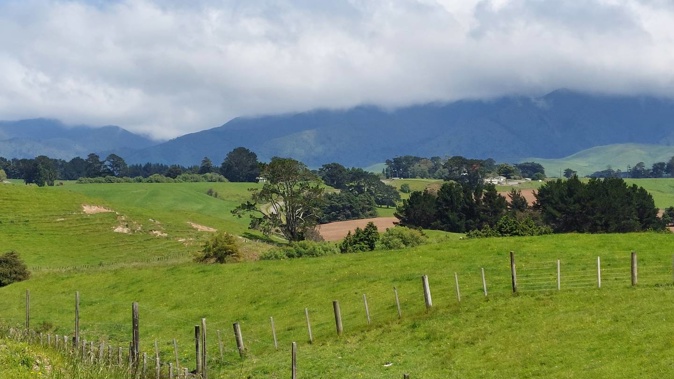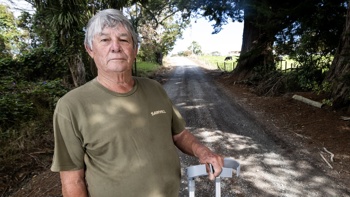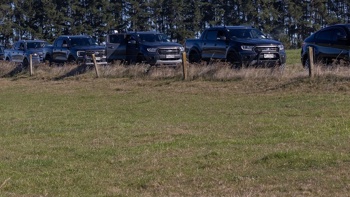
“I need a break in the weather” might just be a song title, but after more than a year of what has felt like continuous bad weather, we all need a break.
So it might be good news for some that forecasters are predicting somewhat of a turnaround from the last six months, but there are still no guarantees.
National Institute of Water and Atmospheric Research (Niwa) meteorologist Ben Noll says all the signs are indicating the system of weather patterns we’ve been experiencing is easing.
“What’s happening right now is a pretty quick kind of aggressive transition to the opposite end of the spectrum.”
Which means El Nino.
Ben explains that El Nino is basically the opposite of what we have been dealing with for the last three years.
“We are seeing the climate system in the ocean moving pretty rapidly toward El Nino.”
He says what that is doing to the weather pattern in southwest Pacific New Zealand is creating an increase in westerly winds.
The last time there was a pattern of strong westerly winds was about June last year, when there was a strong westerly wind flow for the country.
Ben says for the Tararua District, as it edges out of La Nina and goes toward El Nino, the westerly direction of the winds isn’t usually the direction in which big plumes of moisture come down from the north and affect the region.
“It doesn’t mean that they can’t happen, but it does reduce the odds.”
He says the other element that will become increasingly noticeable is probably the direction of the wind, which will be “pretty persistent south and west”.
“Also the speed of the wind will probably be something that will become noticeable, not just for the rest of winter, but also into spring.”
Ben says as spring gets closer, those westerly winds can transport warmer air masses from the likes of Australia across the Tasman Sea, which will sometimes affect New Zealand.
In a nutshell, the back half of 2023 will probably have more differences from the first half than similarities.
“Which is probably good news for those that are living in the eastern North Island.”
Water tables are still fairly high in the Tararua District, but Ben says the winds, along with some reduced rainfall, should help with that.
“If we do have increased sunshine in the coming months, relative to normal for the time of year, those should all help with that.”
He says it’s interesting because even though it is winter and rain is expected this time of year, there’s been so much rain in the preceding seasons, it’s meant any additional rain is just leading to more and more water out in the paddocks.
El Nino should hopefully right the balance, but it would also not be ideal for it to go swinging too far in the other direction, Ben says.
There have been El Nino events in the past that have led to droughts, such as in the summer of 2019-29.
Still, it’s one of those things that cannot be predicted completely accurately, and meteorologists are keeping a close eye on things.
“Our climate is warming up, and one of the challenges from a forecasting perspective is what an El Nino in a warmer world … means for the likes of New Zealand, or any country, for that matter.”
Ben says the behaviour and what weather patterns they produce may change and adjust as the climate warms, so while they can look back at past El Nino events and say ‘this is what happened’, they won’t be an exact match because the climate those events occurred in 20, 30 or 40 years ago is different than the one we live in now.
“It does make it a little bit more challenging in the face of a warming climate with things like El Nino and La Nina and what they bring.
“We know the average outcome of El Nino based on our past experiences, but no El Nino is average. Each one is going to come with its unique set of characteristics. As climate scientists, it’s our job to try to deduce those.”
Take your Radio, Podcasts and Music with you









